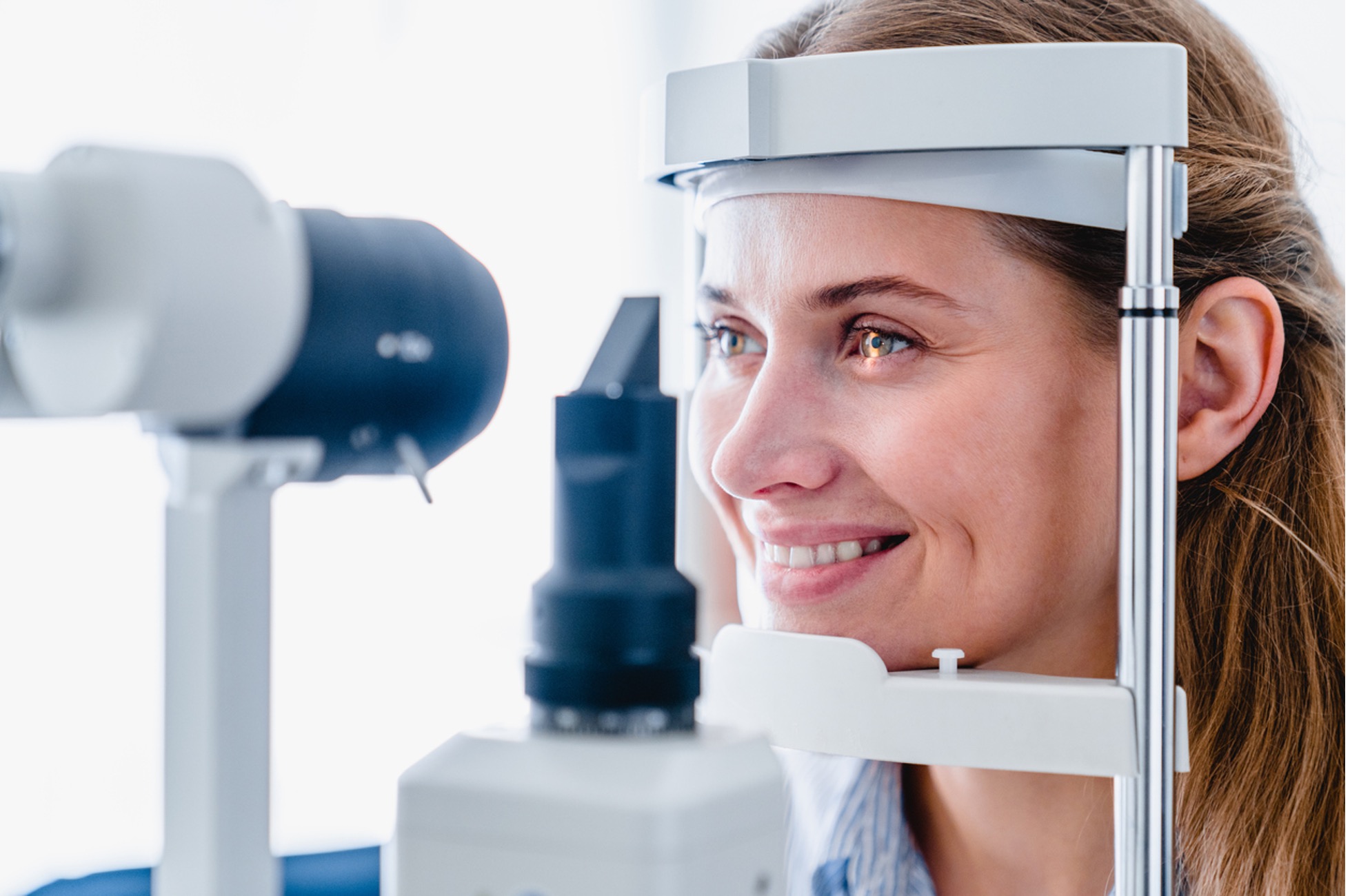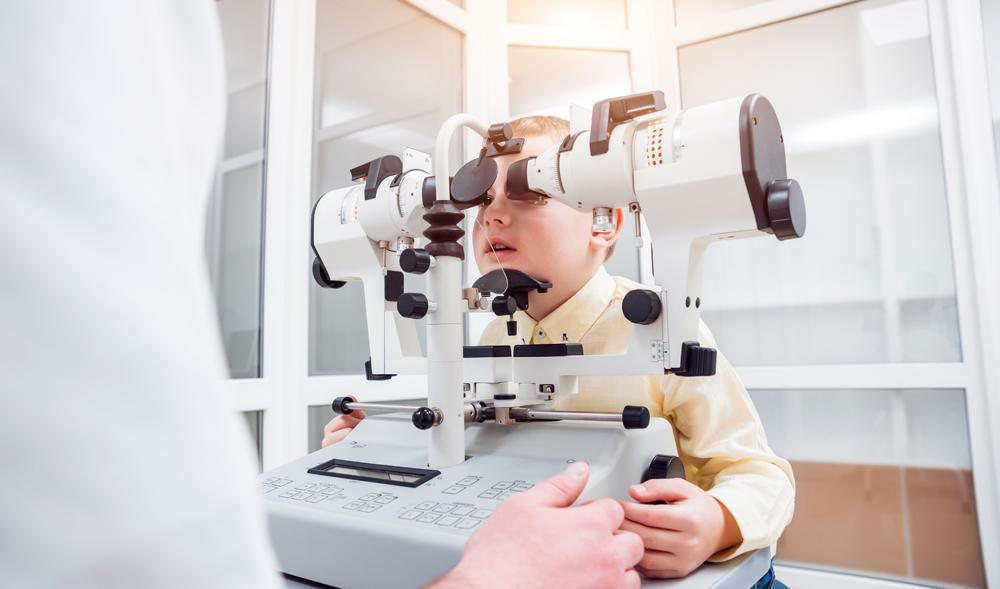Best Refractive Surgeries in AL: State-of-the-Art Eye Care
Best Refractive Surgeries in AL: State-of-the-Art Eye Care
Blog Article
The Role of Advanced Diagnostic Devices in Identifying Eye Disorders
In the world of ophthalmology, the usage of advanced diagnostic tools has actually changed the early identification and administration of different eye problems. From identifying refined adjustments in the optic nerve to keeping an eye on the progression of retinal diseases, these innovations play a pivotal duty in improving the accuracy and efficiency of identifying ocular conditions. As the demand for accurate and prompt diagnoses continues to expand, the combination of sophisticated devices like optical comprehensibility tomography and aesthetic area screening has come to be indispensable in the realm of eye care. The intricate interplay between modern technology and ocular methods not just clarifies intricate pathologies but additionally opens doors to tailored therapy techniques.
Value of Early Diagnosis
Very early diagnosis plays a critical duty in the efficient administration and therapy of eye conditions. By spotting eye conditions at a very early stage, healthcare carriers can provide proper therapy strategies customized to the details problem, eventually leading to better outcomes for clients.

Modern Technology for Finding Glaucoma
Innovative diagnostic modern technologies play a vital duty in the very early discovery and monitoring of glaucoma, a leading reason for permanent loss of sight worldwide. One such technology is optical coherence tomography (OCT), which gives detailed cross-sectional photos of the retina, enabling the measurement of retinal nerve fiber layer density. This dimension is essential in examining damage brought on by glaucoma. One more sophisticated tool is aesthetic field testing, which maps the level of sensitivity of an individual's aesthetic field, helping to spot any type of locations of vision loss feature of glaucoma. Furthermore, tonometry is utilized to gauge intraocular pressure, a significant threat factor for glaucoma. This test is crucial as raised intraocular stress can result in optic nerve damage. Additionally, more recent technologies like using expert system formulas in analyzing imaging information are revealing appealing results in the very early detection of glaucoma. These advanced analysis try these out devices enable eye doctors to diagnose glaucoma in its onset, permitting prompt treatment and better administration of the condition to prevent vision loss.
Function of Optical Coherence Tomography

OCT's capacity to evaluate retinal nerve fiber layer thickness enables exact and objective dimensions, helping in the early detection of glaucoma also before aesthetic area issues emerge. OCT innovation allows longitudinal surveillance of architectural modifications over time, promoting personalized treatment plans and timely interventions to assist preserve clients' vision. The non-invasive nature of OCT imaging additionally makes it a recommended option for keeping an eye on glaucoma development, as it can be duplicated routinely without creating pain to the person. On the whole, OCT plays a critical role in enhancing the analysis accuracy and management of glaucoma, inevitably adding to better results for people in jeopardy of vision he said loss.
Enhancing Diagnosis With Visual Field Testing
A necessary component in extensive sensory assessments, aesthetic area screening plays an essential role in improving the diagnostic process for various eye problems. By evaluating the full degree of an individual's aesthetic field, this examination gives crucial info concerning the functional stability of the whole aesthetic path, from the retina to the aesthetic cortex.
Aesthetic field screening is specifically useful in the diagnosis and management of problems such as glaucoma, optic nerve disorders, and numerous neurological conditions that can influence vision. Through measurable dimensions of outer and main vision, medical professionals can find subtle adjustments that may show the visibility or progression of these conditions, also before recognizable signs occur.
Additionally, aesthetic field screening permits the tracking of treatment efficacy, aiding eye doctors tailor restorative treatments to private patients. eyecare near me. By tracking modifications in visual area efficiency with time, health care providers can make informed decisions regarding changing drugs, suggesting medical treatments, or implementing various other suitable procedures to maintain or enhance a client's aesthetic function
Taking Care Of Macular Degeneration

Conclusion
In final thought, advanced analysis tools play an important role in determining eye conditions early on. Technologies such as Optical Comprehensibility Tomography and visual field testing have actually significantly boosted the precision and effectiveness of identifying conditions like glaucoma and macular degeneration.
Report this page